The Future Classroom: How AI is Paving the Way for Personalised Learning

The Evolution of Learning
In today’s world, the educational landscape is being reshaped by technology with seamless integration into every aspect of learning. As the classroom changes, the traditional physical boundaries of four walls, a teacher and a whiteboard are also changing.
The classroom of tomorrow isn’t about replacing these aspects; it’s about augmenting them with technology. Imagine an environment where technologies and AI tools empower teachers to deliver truly personalised journeys – tailoring lessons to each student’s unique abilities, interests, and learning styles.
From Passive to Active Learning
In this vision of the AI-driven future classroom, the rigid one-size-fits-all approach becomes obsolete. Dynamic, intelligent systems continuously optimise lessons by analysing student data, performance, and evolving needs. One-way lectures disappear, replaced by interactive multimedia lessons that engage students in scenarios mirroring real-world situations. AI-powered classes can also help collaborative learning on a global scale. Students can connect with peers from different cultures, work on projects together, and share their perspectives. This fosters intercultural understanding and teamwork skills.
Real-time AI feedback
New tools can also go beyond written tasks to help students with pronunciation and accents in language schools. At Wall Street English we are bringing in a tool that analyses a learner’s speech patterns, offering custom feedback and exercises to help them gain confidence and ensure they are easily understood. Feedback is immediate and delivered in a low-anxiety environment, so students can effectively practise before meeting with their class and teacher.
Learning shifts from absorbing information to a journey of discovery, where students can build confidence through interactive exploration. This flips the script on the traditional classroom experience, transforming it from a place of passive learning into a vibrant hub. This evolution disrupts not only the delivery of information but also the way students and teachers approach learning.
Data-rich Classrooms Provide Better Learning Experiences
AI chatbots are often criticised for providing irrelevant or outdated information, which is not conducive to effective education. In education, it’s crucial students receive guidance and content from trusted sources. Therefore, investing in the right tools and accurate data sets are imperative for fostering quality learning. Future classrooms will embrace data and lots of it – the larger the data sets the more accurate and helpful AI tools will be. Educators who can leverage massive data sets, like ours with over one million conversational activities processed monthly, will be best positioned to support their large language models (LLMs) and provide the best learning experiences. This will take a mindset shift in a largely traditional sector but the benefits will be worth it for both teachers and learners.
Tech Meets Touch
AI isn’t here to replace teachers; it’s here to empower them. By automating repetitive tasks like grading exams, and scheduling classes, AI tools will streamline teachers and pedagogical support staff’s workloads. This frees them to focus on what they do best: inspire and guide to facilitate learning. Teachers who can leverage AI-driven insights to deeply understand the motivations, strengths, and learning gaps of each student in their classroom, can nurture critical thinking abilities, interpersonal skills, and confidence that AI alone cannot cultivate. Therefore, onboarding & training for teachers is crucial; they must understand how to use these digital tools effectively.
AI-powered lessons adapt to each student, helping teachers keep them immersed in a loop of constant feedback, tailored assessments, and skill-building exercises all based on their needs. This alters the typical teacher-student dynamic, making teachers take on more of a mentoring and coaching role. It allows for more one-to-one active learning where students can trust them as guides that spark their passion and help them reach their full potential. Technology personalises the learning experiences, but the human connection remains central.
A Brighter Future for Learning
This future classroom isn’t science fiction; it’s a vision on the near horizon. It’s a world where every student will be able to feel empowered and explore their passion while the classroom will buzz with curiosity and collaboration. With specialist AI tools trained in education, experts in this field will do better than generalists like OpenAI and other tech companies interested in education. The future is exciting, as teachers are elevated to be more impactful and insightful than ever before.
By James McGowan, CEO at Wall Street English

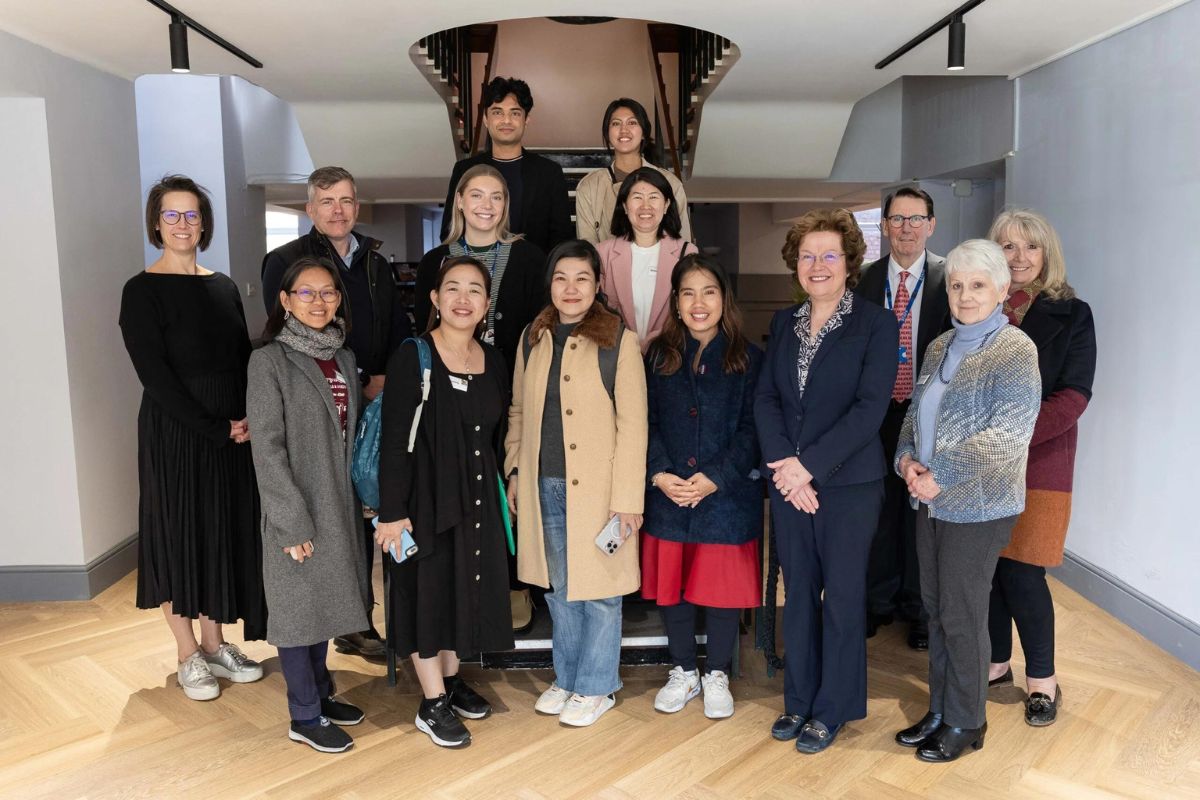

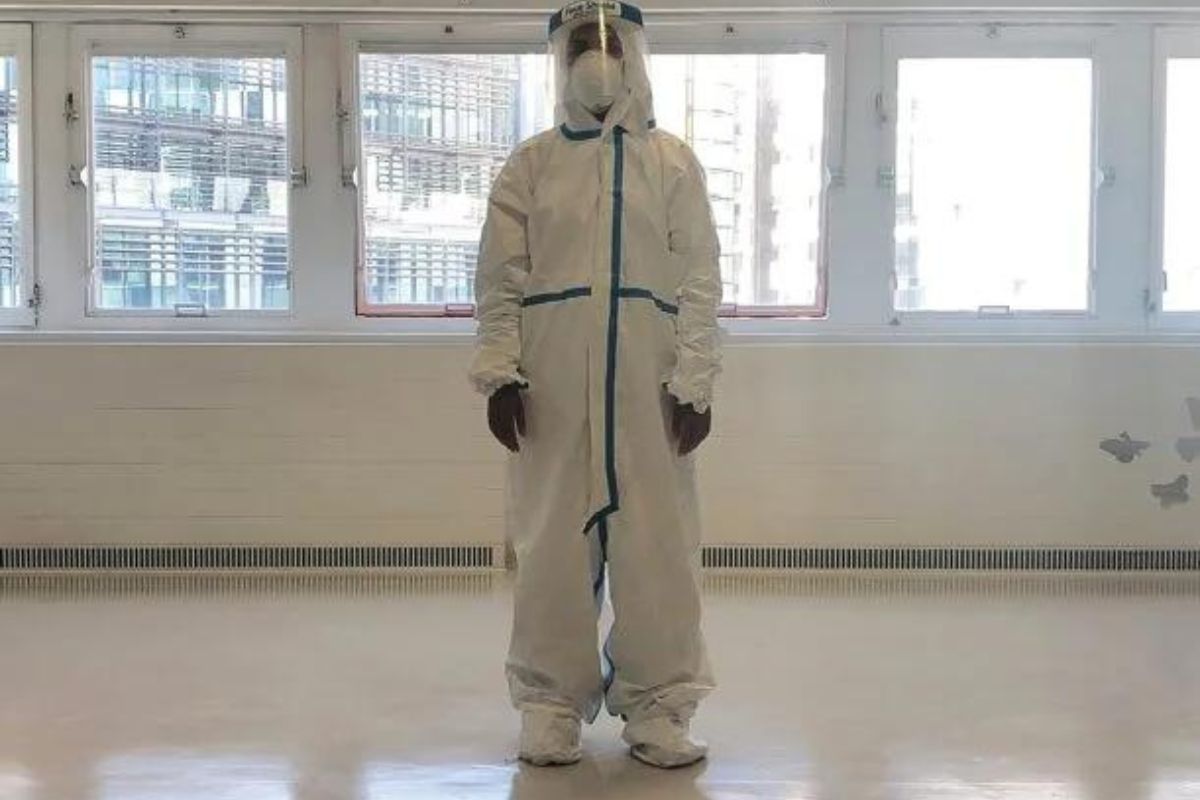
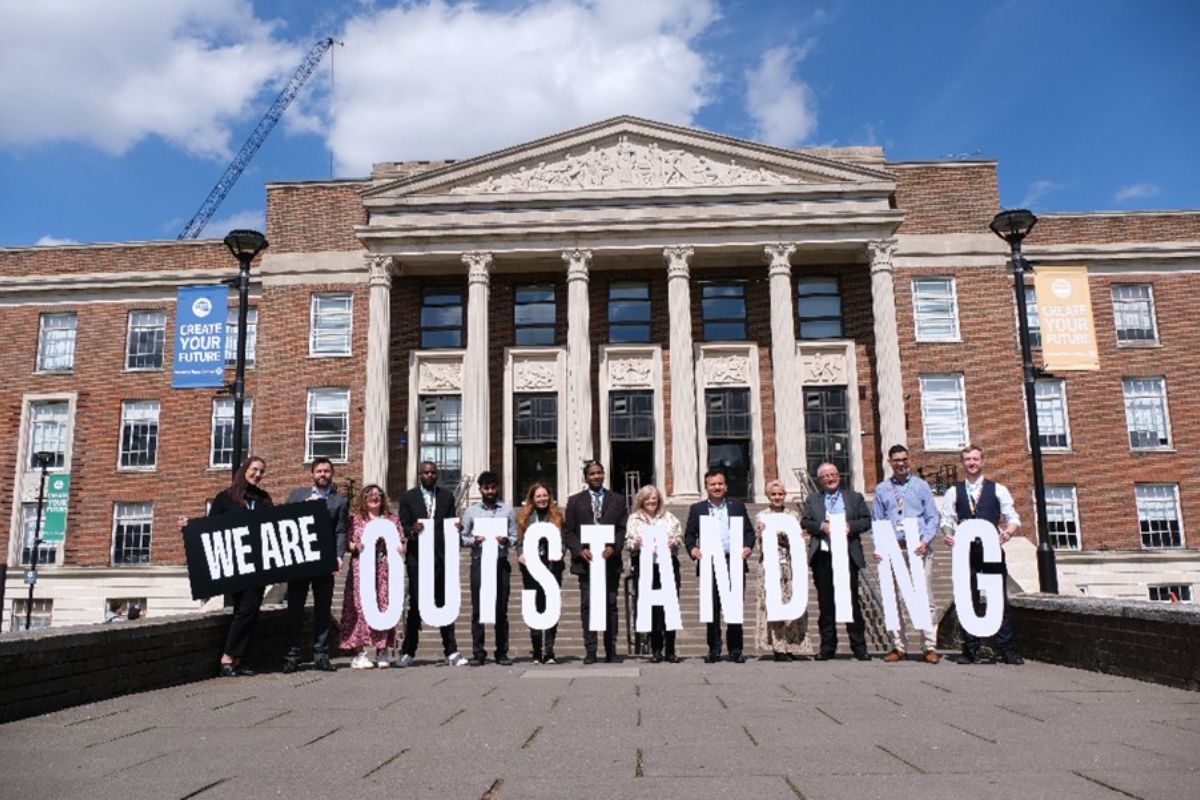
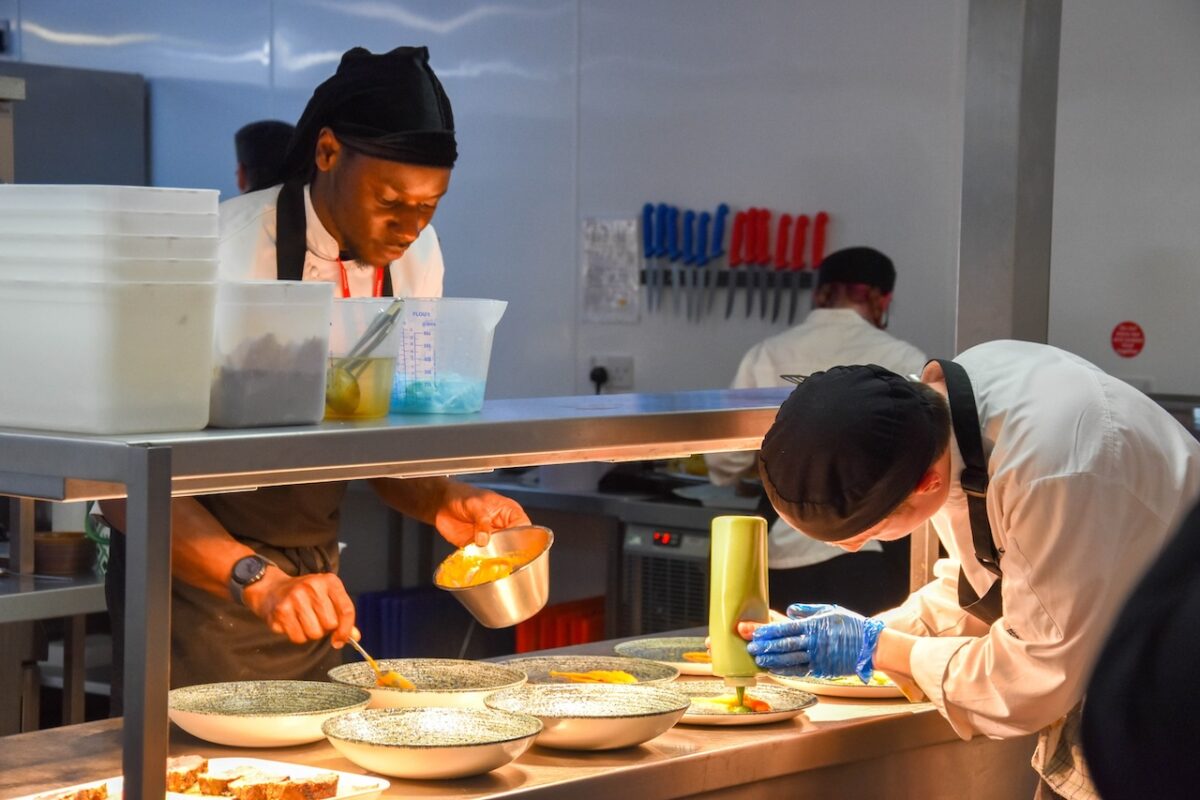
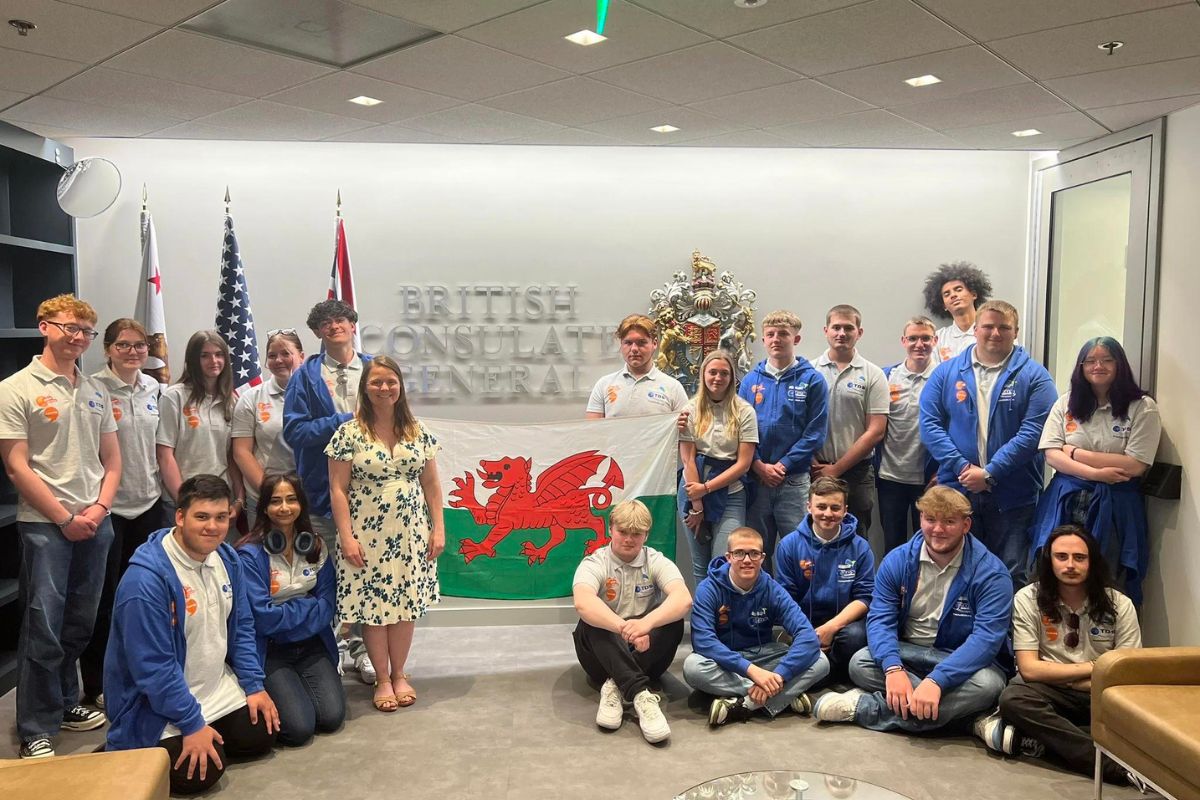
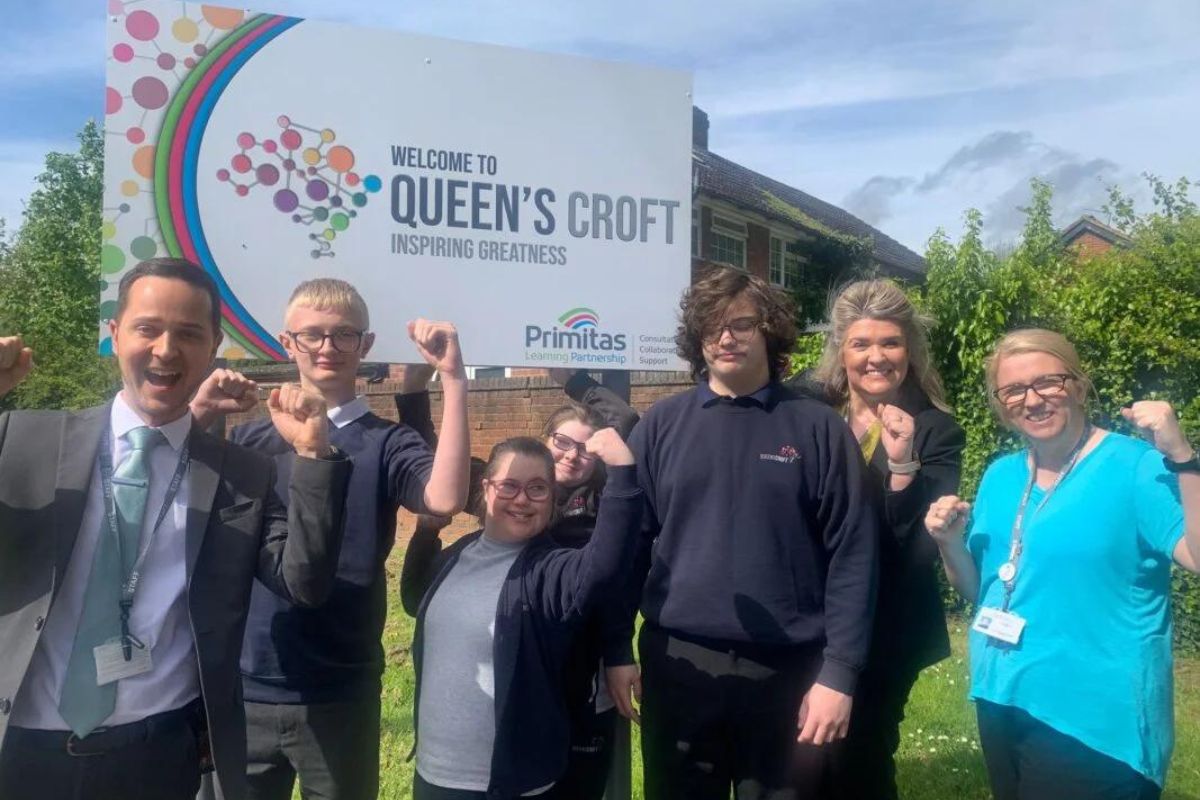
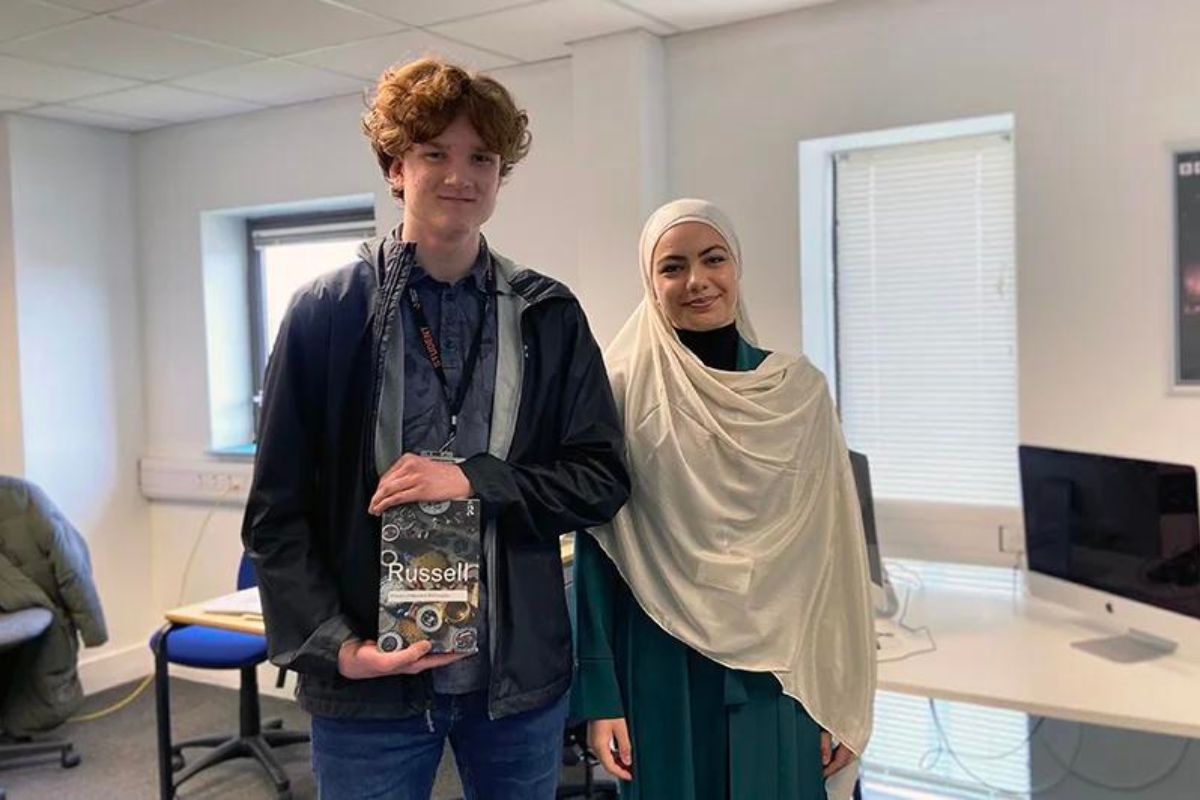


If a student is to feel empowered and passionate, isn’t a personal, low-tech data store related to subject-influenced themes just as important as an artificial (though technically impressive) arrangement of various stuff not selected by the student. How might AI-driven insights appear and redirect Jo when her first term in history holds six weeks of the French Revolution, a theme which, like half the material encountered at A Level, doesn’t interest her much at all?